Which of the following is the major solute species in a solution of glutamic acid at pH=1.3?
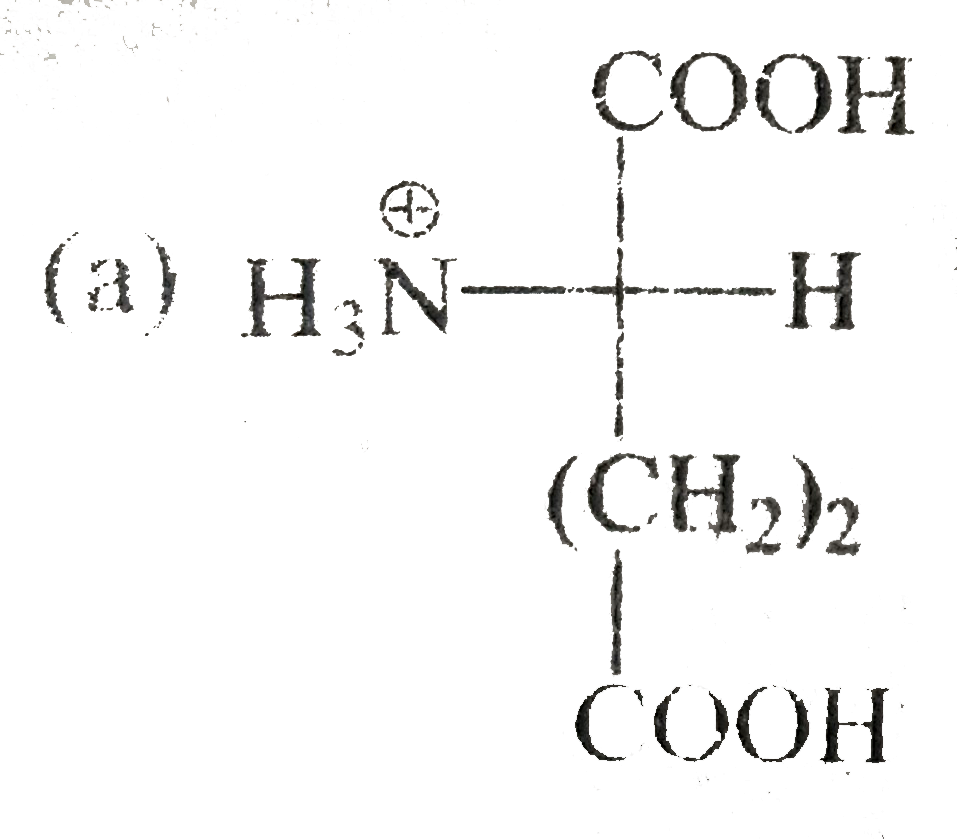

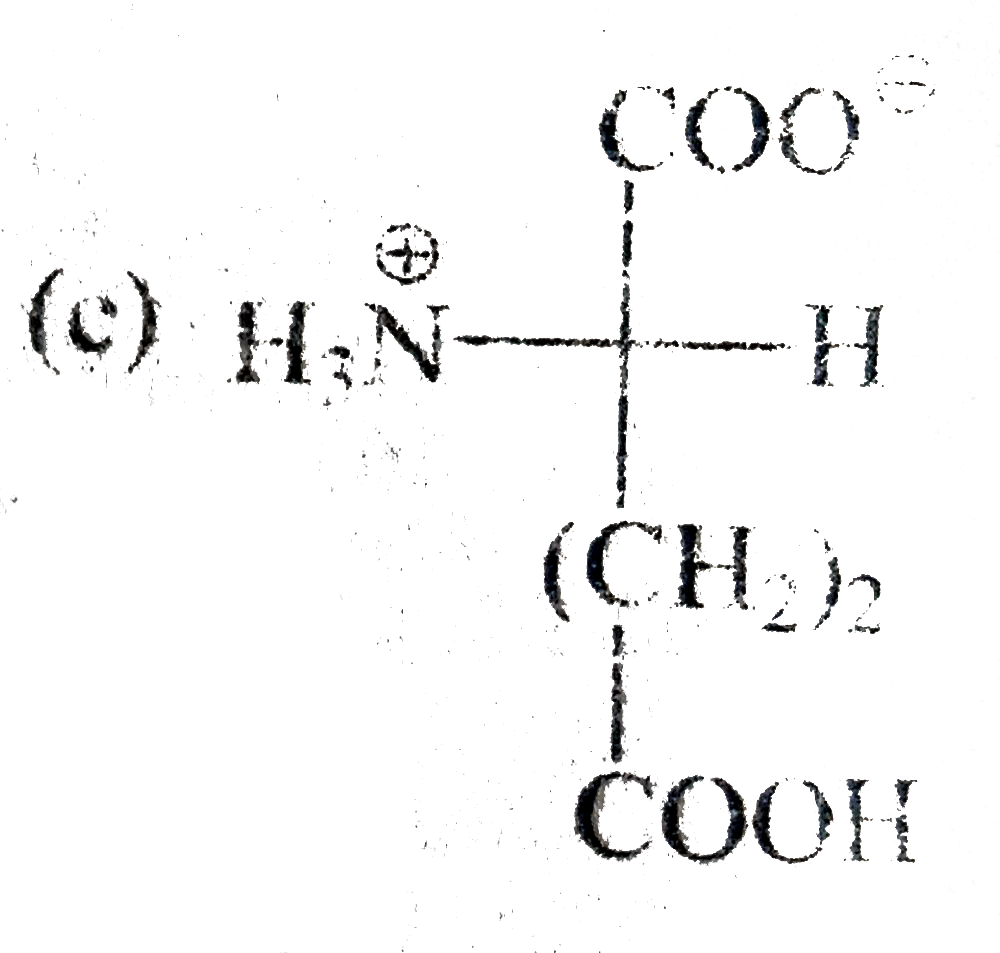
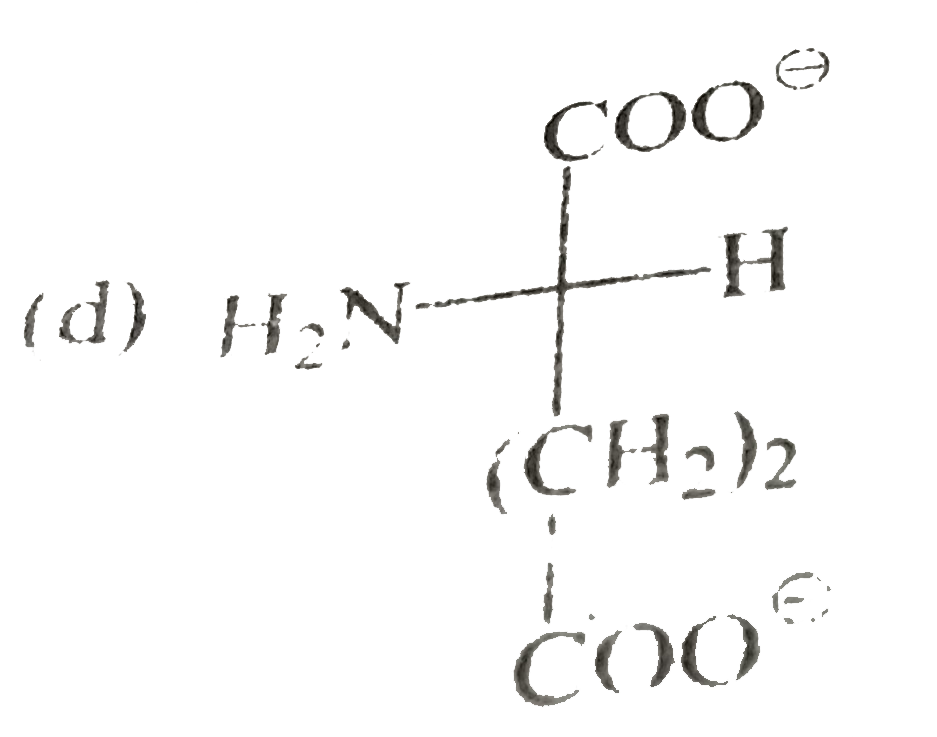
The correct Answer is:A
To determine the major solute species in a solution of glutamic acid at pH 1.3, we need to analyze the behavior of glutamic acid in acidic conditions.
1. Understanding Glutamic Acid Structure:
Glutamic acid is an amino acid with the following functional groups:
- An amino group (-NH2)
- Two carboxylic acid groups (-COOH)
2. Identifying the pH:
The given pH of the solution is 1.3, which indicates that the solution is highly acidic.
3. Behavior of Amino Acids at Different pH Levels:
- At low pH (acidic conditions), amino acids tend to gain protons (H+).
- The amino group (-NH2) can accept a proton to become -NH3+.
- The carboxylic acid groups (-COOH) are already in their protonated form and will not lose any protons in acidic conditions.
4. Zwitterion Formation:
- At the isoelectric point (pI), amino acids exist as zwitterions, where the amino group is protonated (-NH3+) and one of the carboxylic groups is deprotonated (-COO-).
- However, at pH 1.3, which is much lower than the pI of glutamic acid, the amino group will be fully protonated, and both carboxylic groups will remain protonated.
5. Conclusion:
At pH 1.3, the major species of glutamic acid will be the fully protonated form, which can be represented as:
- NH3+ - CH(COOH) - CH2 - COOH
This indicates that both carboxylic acid groups are protonated, and the amino group is also protonated.
Final Answer:
The major solute species in a solution of glutamic acid at pH 1.3 is the fully protonated form of glutamic acid, represented as NH3+ - CH(COOH) - CH2 - COOH.
---
Glutamic acid is an amino acid with the following functional groups:
- An amino group (-NH2)
- Two carboxylic acid groups (-COOH)
The given pH of the solution is 1.3, which indicates that the solution is highly acidic.
- At low pH (acidic conditions), amino acids tend to gain protons (H+).
- The amino group (-NH2) can accept a proton to become -NH3+.
- The carboxylic acid groups (-COOH) are already in their protonated form and will not lose any protons in acidic conditions.
- At the isoelectric point (pI), amino acids exist as zwitterions, where the amino group is protonated (-NH3+) and one of the carboxylic groups is deprotonated (-COO-).
- However, at pH 1.3, which is much lower than the pI of glutamic acid, the amino group will be fully protonated, and both carboxylic groups will remain protonated.
At pH 1.3, the major species of glutamic acid will be the fully protonated form, which can be represented as:
- NH3+ - CH(COOH) - CH2 - COOH
This indicates that both carboxylic acid groups are protonated, and the amino group is also protonated.
The major solute species in a solution of glutamic acid at pH 1.3 is the fully protonated form of glutamic acid, represented as NH3+ - CH(COOH) - CH2 - COOH.
Topper's Solved these Questions
- BOOK - HIMANSHU PANDEYCHAPTER - BIOMOLECULESEXERCISE - Level 2 (Q.51 To Q.55)5videos
BIOMOLECULES
- BOOK - HIMANSHU PANDEYCHAPTER - BIOMOLECULESEXERCISE - More Than One Correct23videos
BIOMOLECULES
- BOOK - HIMANSHU PANDEYCHAPTER - BIOMOLECULESEXERCISE - Level 2 (Q.1 To Q.25)25videos
BIOMOLECULES
- BOOK - HIMANSHU PANDEYCHAPTER - AROMATIC HYDROCARBONSEXERCISE - Subjective Type Problems9videos
AROMATIC HYDROCARBONS
- BOOK - HIMANSHU PANDEYCHAPTER - CABOXYLIC ACIDS AND ITS DERIVATIVESEXERCISE - Subjective Type Problems8videos
CABOXYLIC ACIDS AND ITS DERIVATIVES
Similar Questions
Knowledge Check
- Question 1 - Select One
Which of the following is the major solute species in a solution of alanine at pH=2 ?
A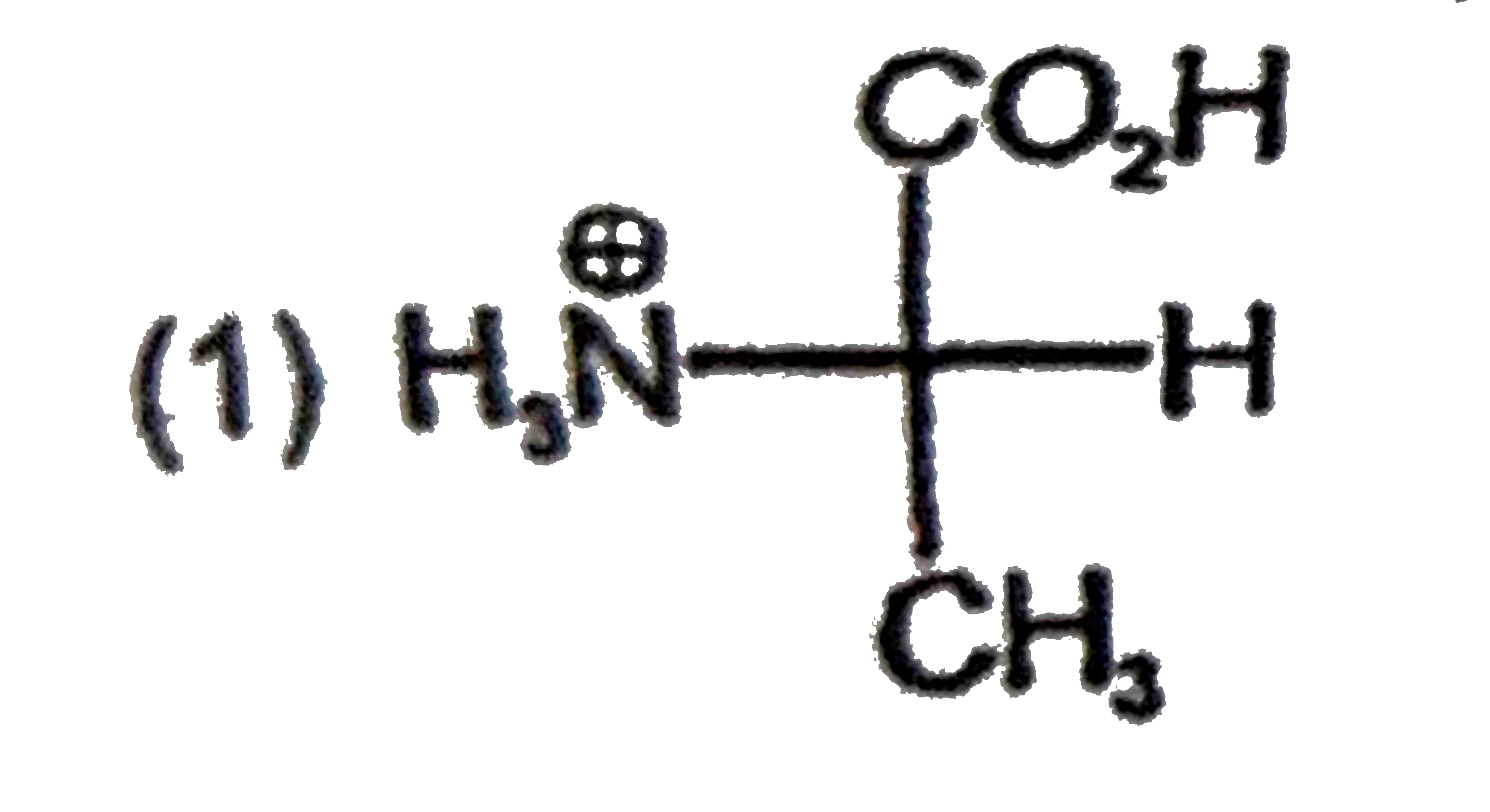 B
B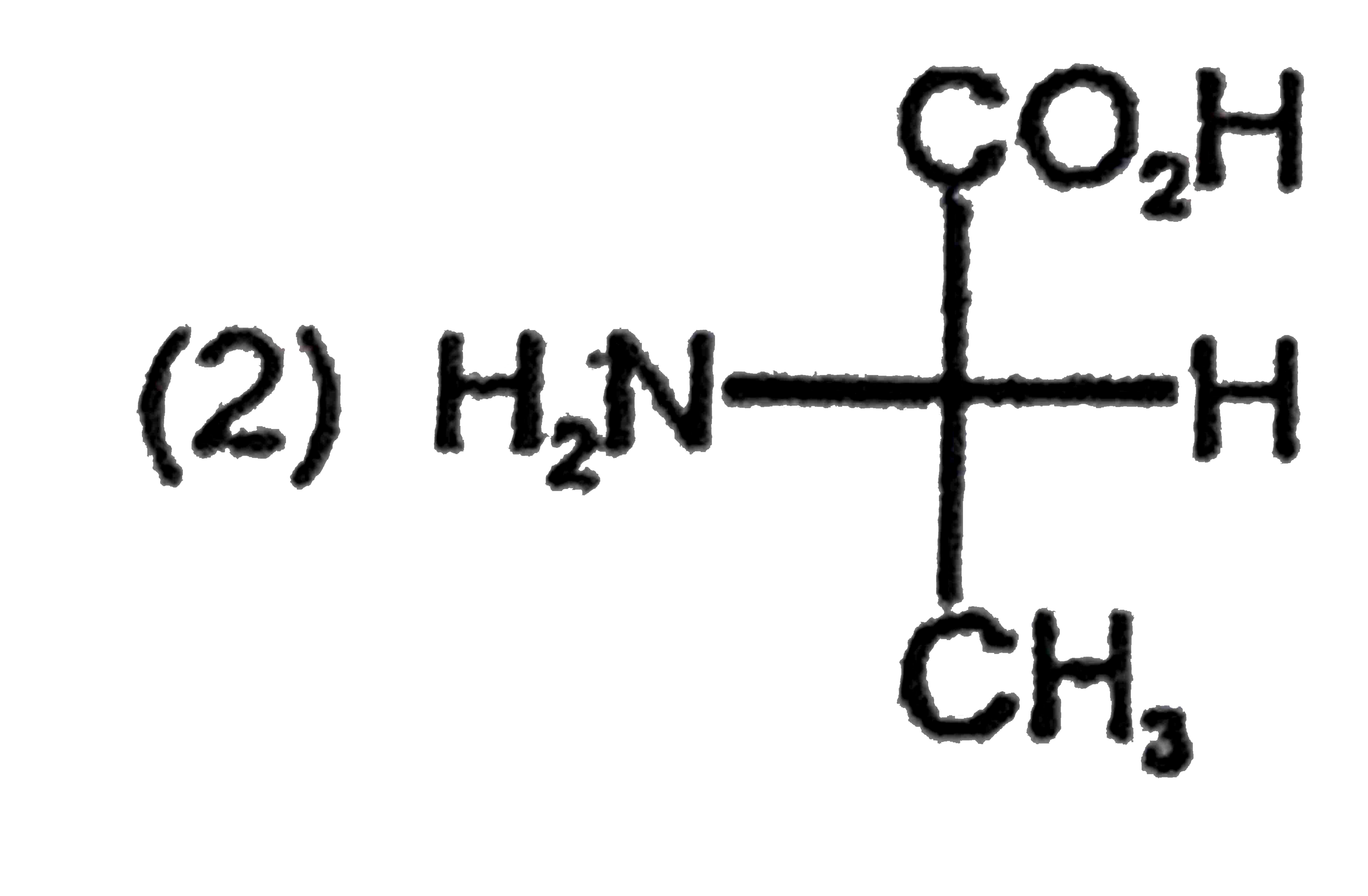 C
C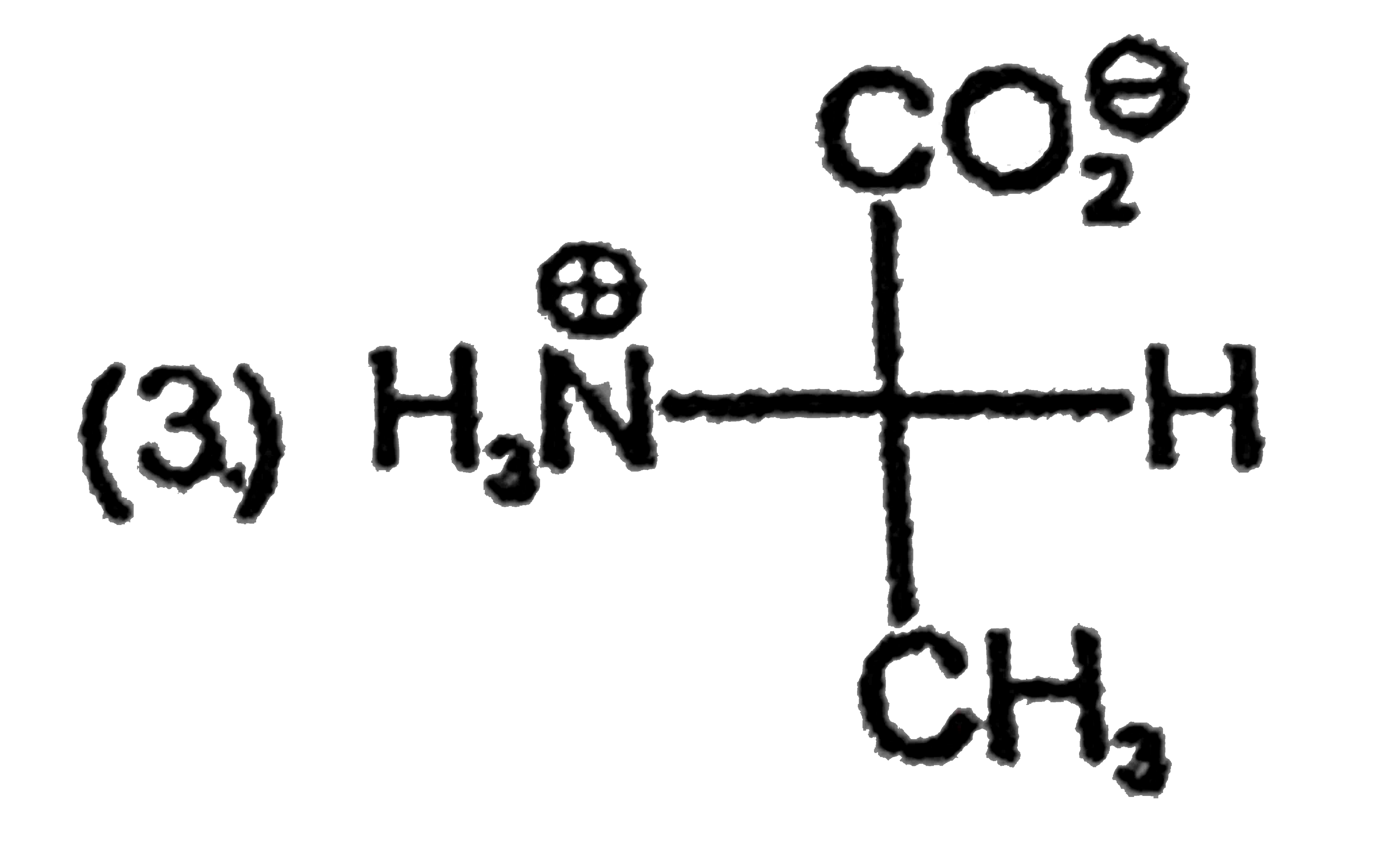 D
D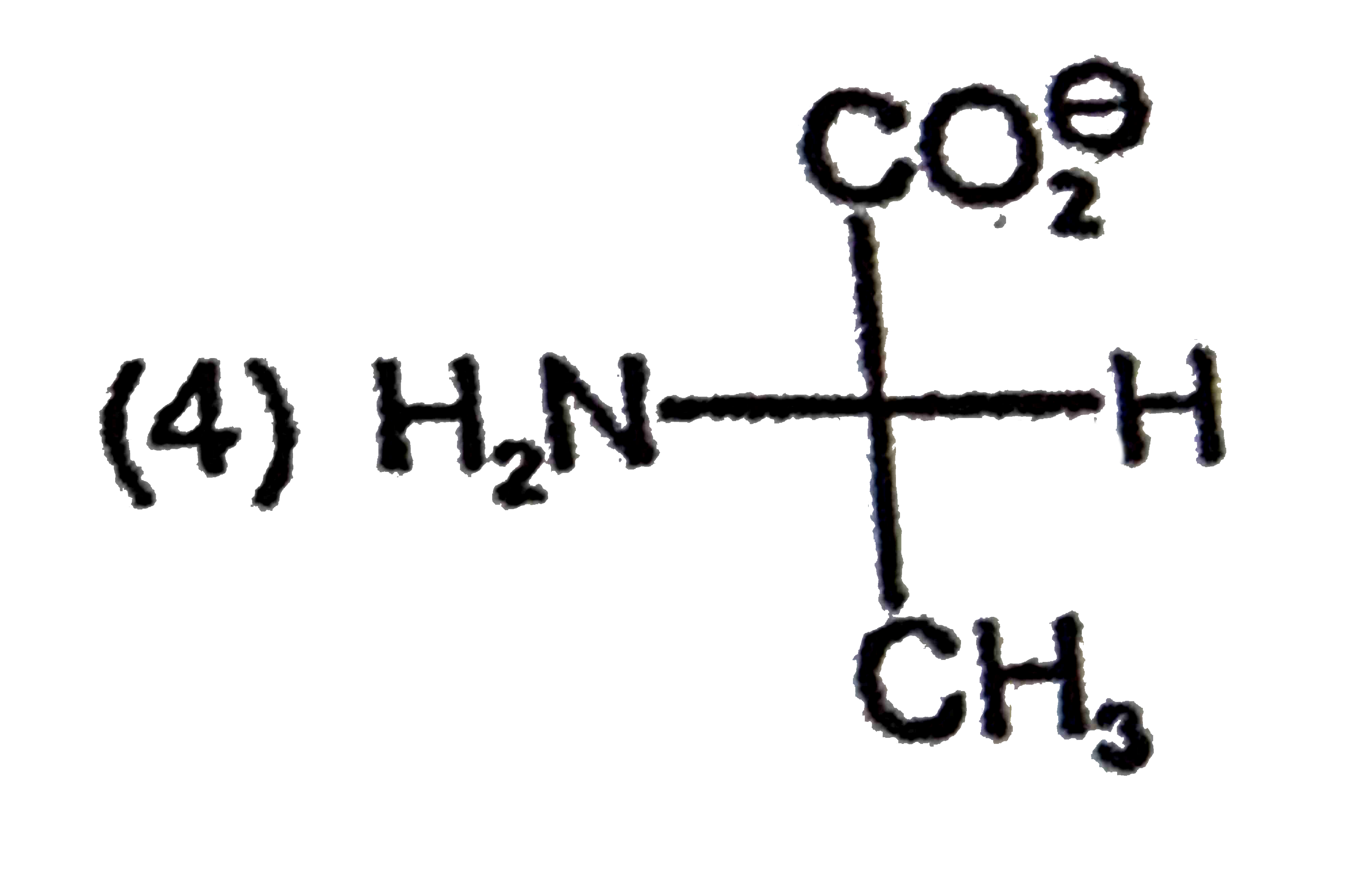
- Question 2 - Select One
Which of the following is the major solute species in a solution of lysine at pH=10.5 ?
A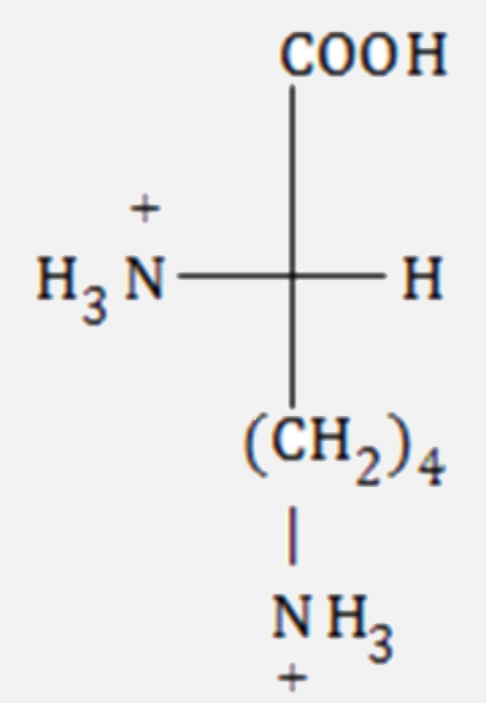 B
B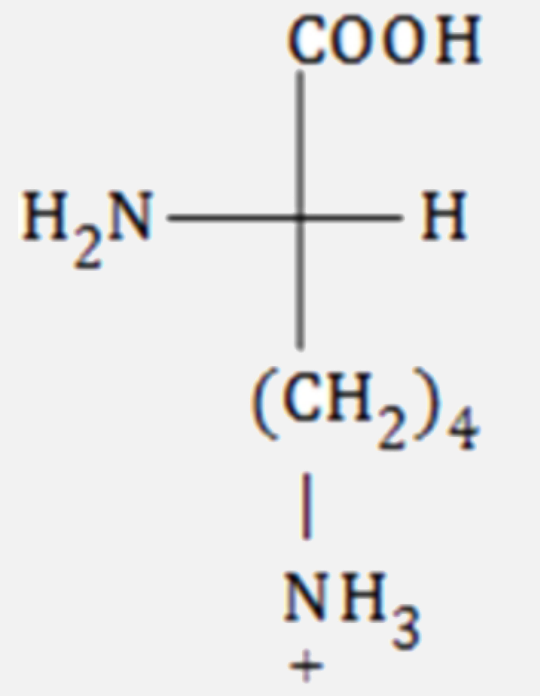 C
C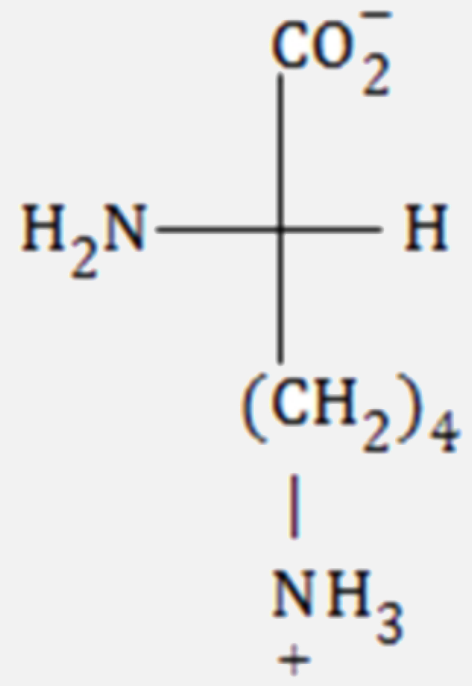 D
D
- Question 3 - Select One
Which of the following is the major solute species in a solution of lysine at pH=10.5 ?
A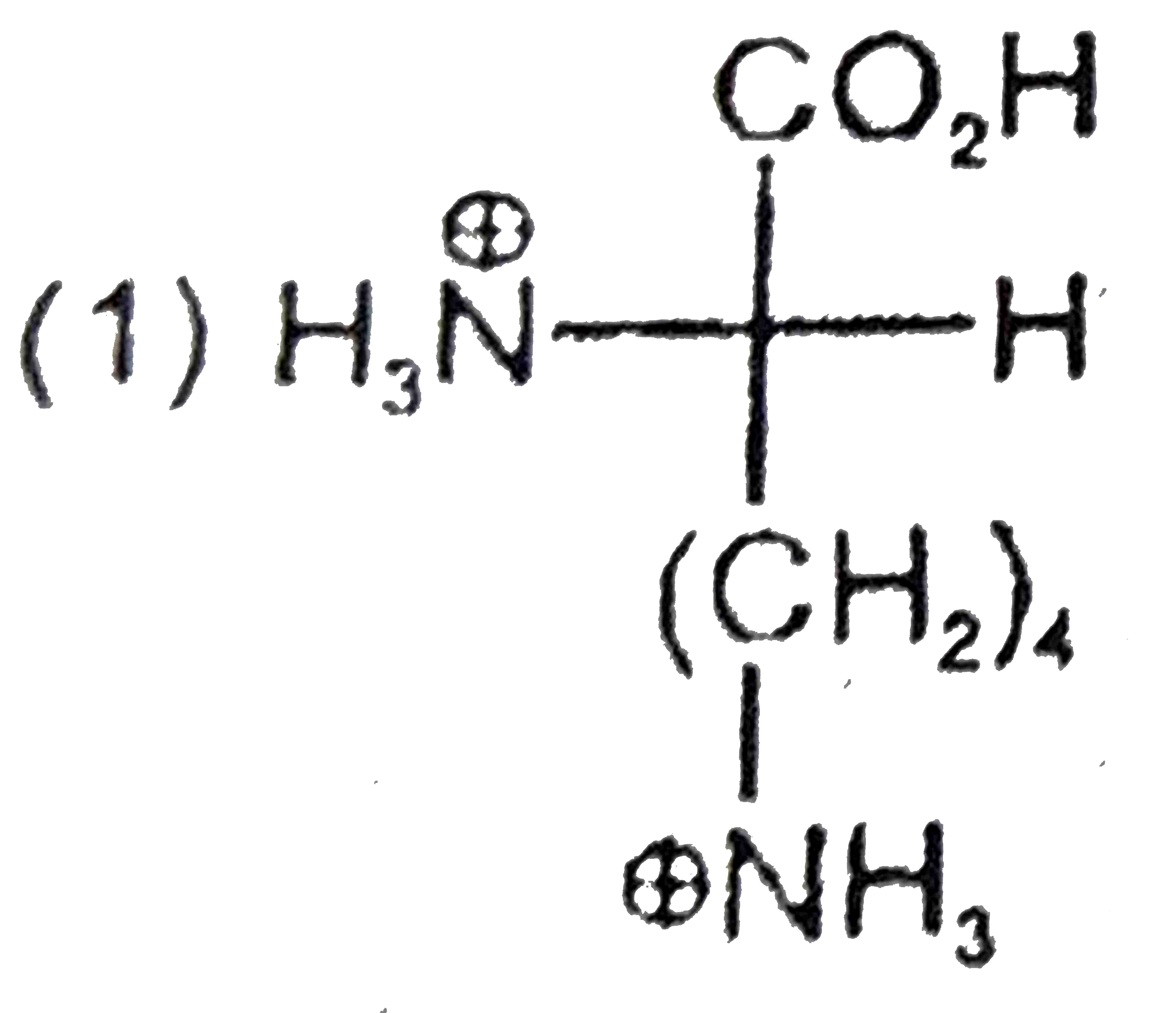 B
B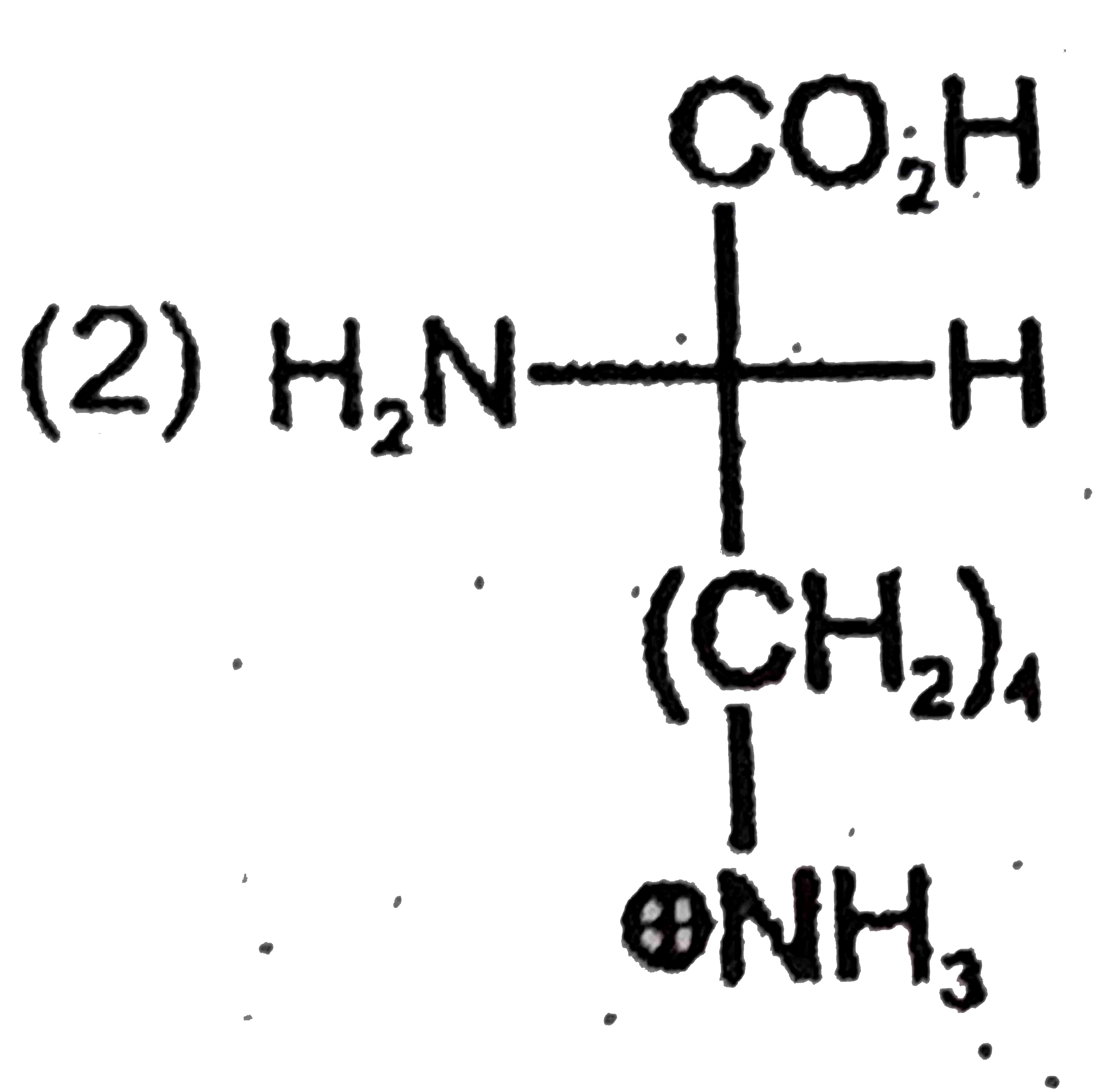 C
C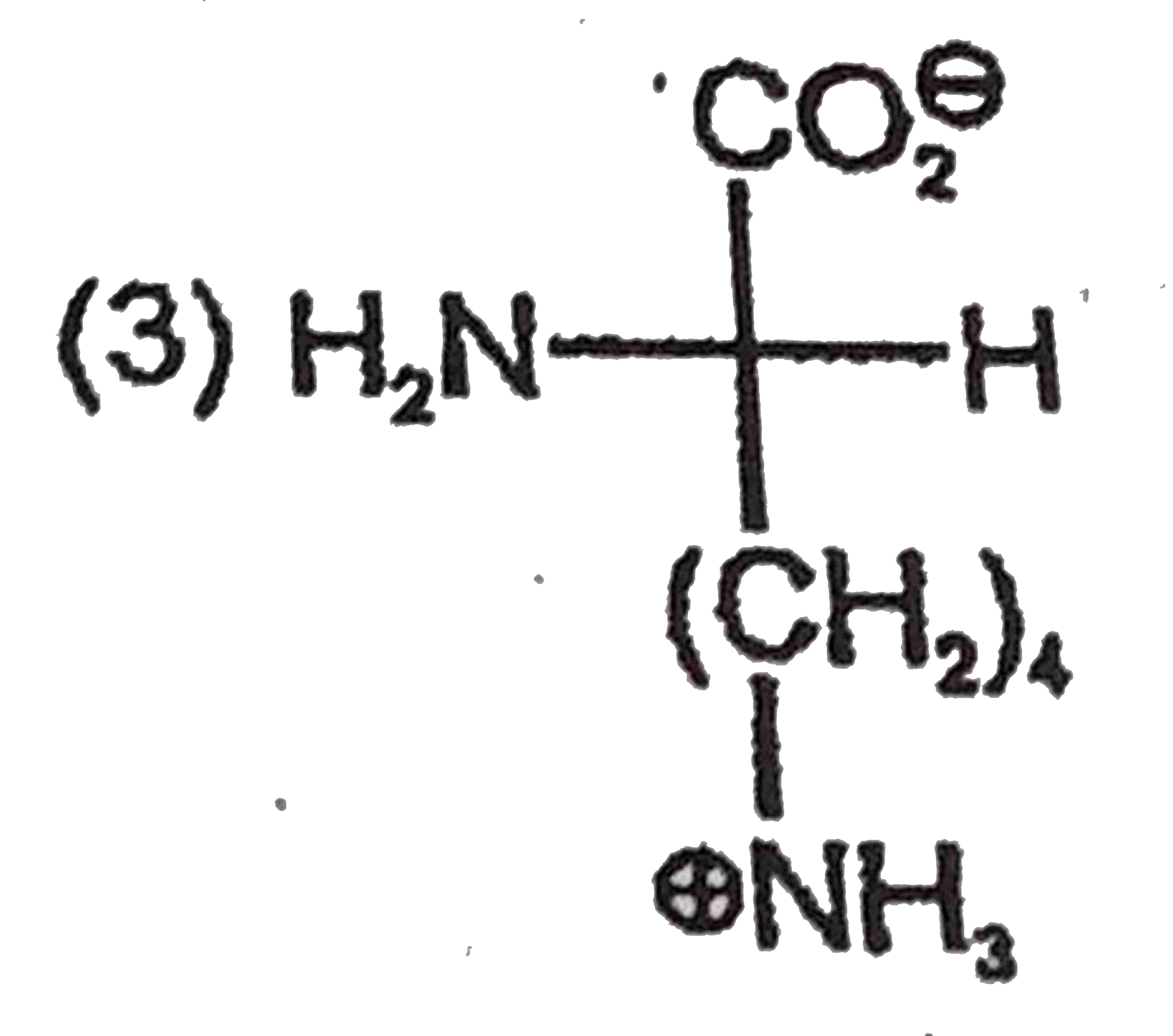 D
D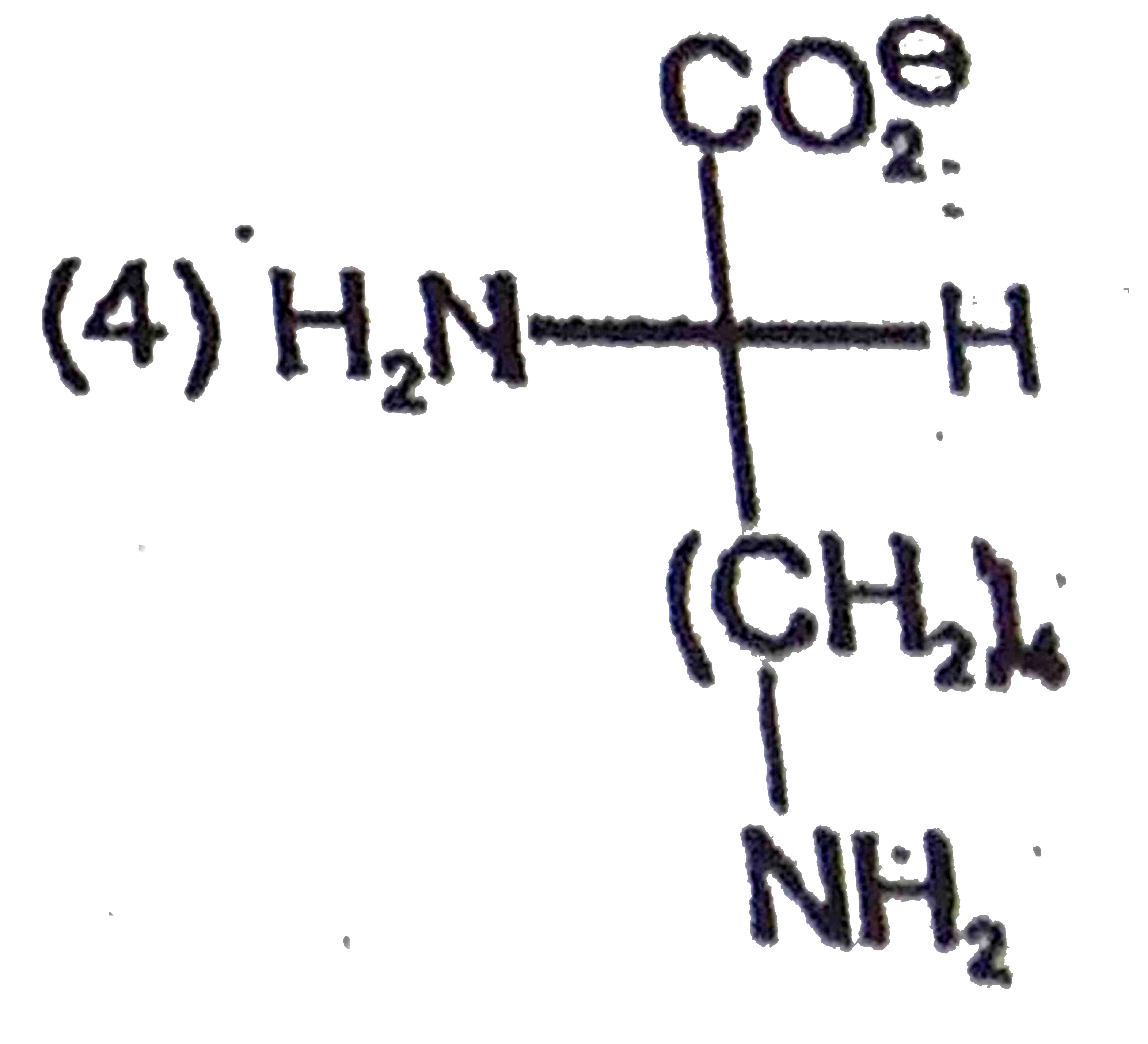
Which of the following major species present in a solution of lysine at pH = 3.5 ?
View Solution1 M solution of an acid has a pH of 5. Which of the following is the most reasonable explanation for this acid?
View SolutionWhich of the following solution will have pH=13?
View SolutionThe pH of an acid solution is
View SolutionpH value of acidic solution is -
View Solution

